

 Despite its promise of universal access, Starlink often fails to meet broadband benchmarks across key markets. New data reveals fluctuating performance and raises questions about reliability, digital equity, and tiered service models.
Despite its promise of universal access, Starlink often fails to meet broadband benchmarks across key markets. New data reveals fluctuating performance and raises questions about reliability, digital equity, and tiered service models.
 Starlink dominates the satellite internet race, echoing IBM's past supremacy in computing. But geopolitical divides, advancing rivals, and Elon Musk's controversies suggest its lead will narrow as competitors gain ground in a fragmented global market.
Starlink dominates the satellite internet race, echoing IBM's past supremacy in computing. But geopolitical divides, advancing rivals, and Elon Musk's controversies suggest its lead will narrow as competitors gain ground in a fragmented global market.
 While Starlink dominates the low-Earth orbit internet race, rivals like OneWeb, Telesat, Amazon's Project Kuiper, and Europe's IRIS² are slowly building capacity, buoyed by geopolitical necessity, state support, and commercial partnerships.
While Starlink dominates the low-Earth orbit internet race, rivals like OneWeb, Telesat, Amazon's Project Kuiper, and Europe's IRIS² are slowly building capacity, buoyed by geopolitical necessity, state support, and commercial partnerships.
 Starlink's global reach is distorting conventional IP geolocation, blurring national boundaries and skewing internet usage data. As satellites replace cables, measuring users' precise locations has become an increasingly uncertain and politically charged task.
Starlink's global reach is distorting conventional IP geolocation, blurring national boundaries and skewing internet usage data. As satellites replace cables, measuring users' precise locations has become an increasingly uncertain and politically charged task.
 SES's first multi-orbit partnership was Cruise mPOWERED + Starlink, providing a managed blend of SES MEO and Starlink LEO service for maritime operators, and we can expect similar bundled services in aviation and enterprise markets.
SES's first multi-orbit partnership was Cruise mPOWERED + Starlink, providing a managed blend of SES MEO and Starlink LEO service for maritime operators, and we can expect similar bundled services in aviation and enterprise markets.
 Broadband infrastructure is advancing rapidly, from multi-gigabit cable and fiber networks to next-generation fixed wireless and satellite systems. With speeds reaching up to 25 Gbps for consumers and 1 Tbps in orbit, these developments mark a pivotal shift in connectivity, setting the stage for more scalable, flexible, and high-capacity networks.
Broadband infrastructure is advancing rapidly, from multi-gigabit cable and fiber networks to next-generation fixed wireless and satellite systems. With speeds reaching up to 25 Gbps for consumers and 1 Tbps in orbit, these developments mark a pivotal shift in connectivity, setting the stage for more scalable, flexible, and high-capacity networks.
 China has pursued a strategy of competition among government-owned organizations, and it initiated two government-owned constellation projects, Hongyun and Hongyan, in 2018. In April 2020, China's National Development and Reform Commission included "satellite internet" on its "new infrastructures" list, and China applied to the ITU for a new constellation, called GW.
China has pursued a strategy of competition among government-owned organizations, and it initiated two government-owned constellation projects, Hongyun and Hongyan, in 2018. In April 2020, China's National Development and Reform Commission included "satellite internet" on its "new infrastructures" list, and China applied to the ITU for a new constellation, called GW.
 Earlier this week, Poland’s new President, Karol Nawrocki, vetoed amendments to the Act on Assistance to Citizens of Ukraine, provoking debate over critical satellite connectivity. Deputy Prime Minister and Minister of Digital Affairs Krzysztof Gawkowski warned that the veto “de facto switched off Starlink for Ukraine,” potentially disrupting connectivity for hospitals, schools, and government operations.
Earlier this week, Poland’s new President, Karol Nawrocki, vetoed amendments to the Act on Assistance to Citizens of Ukraine, provoking debate over critical satellite connectivity. Deputy Prime Minister and Minister of Digital Affairs Krzysztof Gawkowski warned that the veto “de facto switched off Starlink for Ukraine,” potentially disrupting connectivity for hospitals, schools, and government operations.
 We've had a quiet policy change in the United States over the last year, where satellite broadband is starting to be considered broadband by the federal government. Any rural household that subscribes to and loves Starlink would wonder why this is news, but from a policy perspective, it is a big deal. I've been considering what this shift might mean in the future. The FCC decided that Starlink wasn't broadband when it rejected Starlink's long-form filing in August 2022, where Starlink wanted to claim the funding it had won in the RDOF reverse auction.
We've had a quiet policy change in the United States over the last year, where satellite broadband is starting to be considered broadband by the federal government. Any rural household that subscribes to and loves Starlink would wonder why this is news, but from a policy perspective, it is a big deal. I've been considering what this shift might mean in the future. The FCC decided that Starlink wasn't broadband when it rejected Starlink's long-form filing in August 2022, where Starlink wanted to claim the funding it had won in the RDOF reverse auction.
 Elon Musk assured us that he would not stop the Starlink service in Ukraine. But, given his feud with Trump, his criticism of President Zelensky, and his rash actions with DOGE, can he be trusted? (His termination of USAID is estimated to have resulted in 340,000 deaths so far.) When askedabout Musk's influence, Josef Aschbacher, director general of the European Space Agency, said he declined to comment on "the internal politics of the United States and who should influence these decisions" but added "If changes happen and if our US partners and friends are changing their plans, of course we will be ready for plan B.
Elon Musk assured us that he would not stop the Starlink service in Ukraine. But, given his feud with Trump, his criticism of President Zelensky, and his rash actions with DOGE, can he be trusted? (His termination of USAID is estimated to have resulted in 340,000 deaths so far.) When askedabout Musk's influence, Josef Aschbacher, director general of the European Space Agency, said he declined to comment on "the internal politics of the United States and who should influence these decisions" but added "If changes happen and if our US partners and friends are changing their plans, of course we will be ready for plan B.
 Low-orbit space is growing increasingly crowded. Starlink has over 7,100 satellites in orbit and has plans to grow to 30,000. Project Kuiper has plans for a constellation of 3,232 satellites. One Web's first-generation constellation has 648 satellites, with plans to grow to over 6,300 satellites. The Thousand Sails (Qianfan) constellation is planning for up to 15,000 satellites. Numerous countries and businesses are launching or planning for smaller constellations for a wide variety of purposes.
Low-orbit space is growing increasingly crowded. Starlink has over 7,100 satellites in orbit and has plans to grow to 30,000. Project Kuiper has plans for a constellation of 3,232 satellites. One Web's first-generation constellation has 648 satellites, with plans to grow to over 6,300 satellites. The Thousand Sails (Qianfan) constellation is planning for up to 15,000 satellites. Numerous countries and businesses are launching or planning for smaller constellations for a wide variety of purposes.
 On 17 May 1865, 20 European states convened to establish the International Telecommunication Union (ITU) to streamline the clunky process of sending telegraph messages across borders. 160 years later, ITU's anniversary is more than a mere commemorative moment; it is a stark reminder that multilateral cooperation is beneficial and necessary in our increasingly interconnected world.
On 17 May 1865, 20 European states convened to establish the International Telecommunication Union (ITU) to streamline the clunky process of sending telegraph messages across borders. 160 years later, ITU's anniversary is more than a mere commemorative moment; it is a stark reminder that multilateral cooperation is beneficial and necessary in our increasingly interconnected world.
 This past week offered a striking illustration of the pace and scale at which our shared orbital environment is evolving. In less than 24 hours, six rockets were launched from different parts of the globe, each contributing to the rapid expansion of low Earth orbit (LEO) infrastructure. China deployed a new set of Guowang satellites, while SpaceX launched two batches of Starlink satellites - one from Vandenberg in California and another from Cape Canaveral in Florida. United Launch Alliance (ULA) successfully placed Amazon's Kuiper satellites into orbit...
This past week offered a striking illustration of the pace and scale at which our shared orbital environment is evolving. In less than 24 hours, six rockets were launched from different parts of the globe, each contributing to the rapid expansion of low Earth orbit (LEO) infrastructure. China deployed a new set of Guowang satellites, while SpaceX launched two batches of Starlink satellites - one from Vandenberg in California and another from Cape Canaveral in Florida. United Launch Alliance (ULA) successfully placed Amazon's Kuiper satellites into orbit...
 After several delays due to bad weather, Amazon's Project Kuiper finally launched its first batch of low-orbit broadband satellites on April 28. The company says it is in communication with all 27 new satellites. Amazon used a United Launch Alliance (ULA) Atlas V rocket launched from Cape Canaveral. Amazon is under pressure to get the launches going and has a commitment to the FCC to launch 1,618 satellites by July 2026.
After several delays due to bad weather, Amazon's Project Kuiper finally launched its first batch of low-orbit broadband satellites on April 28. The company says it is in communication with all 27 new satellites. Amazon used a United Launch Alliance (ULA) Atlas V rocket launched from Cape Canaveral. Amazon is under pressure to get the launches going and has a commitment to the FCC to launch 1,618 satellites by July 2026.
 At 4:04 am on February 26 Mykhailo Fedorov, Vice Prime Minister and Minister of Digital Transformation of Ukraine, requested Starlink service from Elon Musk, and at 2:45 pm on the 26th, Elon Musk tweeted "Starlink service is now active in Ukraine. More terminals en route." On February 28 at 12:29 pm, Fedorov posted a photo of a truckload of terminals. (Kyiv is 10 hours ahead of California) and an engineer, Oleg Kutkov, posted the first tweet from Ukraine.
At 4:04 am on February 26 Mykhailo Fedorov, Vice Prime Minister and Minister of Digital Transformation of Ukraine, requested Starlink service from Elon Musk, and at 2:45 pm on the 26th, Elon Musk tweeted "Starlink service is now active in Ukraine. More terminals en route." On February 28 at 12:29 pm, Fedorov posted a photo of a truckload of terminals. (Kyiv is 10 hours ahead of California) and an engineer, Oleg Kutkov, posted the first tweet from Ukraine.
 Starlink Passes 10,000 Satellites, Expanding Global Internet Reach
Starlink Passes 10,000 Satellites, Expanding Global Internet Reach JetBlue Selects Amazon’s Project Kuiper for In-Flight Satellite Connectivity
JetBlue Selects Amazon’s Project Kuiper for In-Flight Satellite Connectivity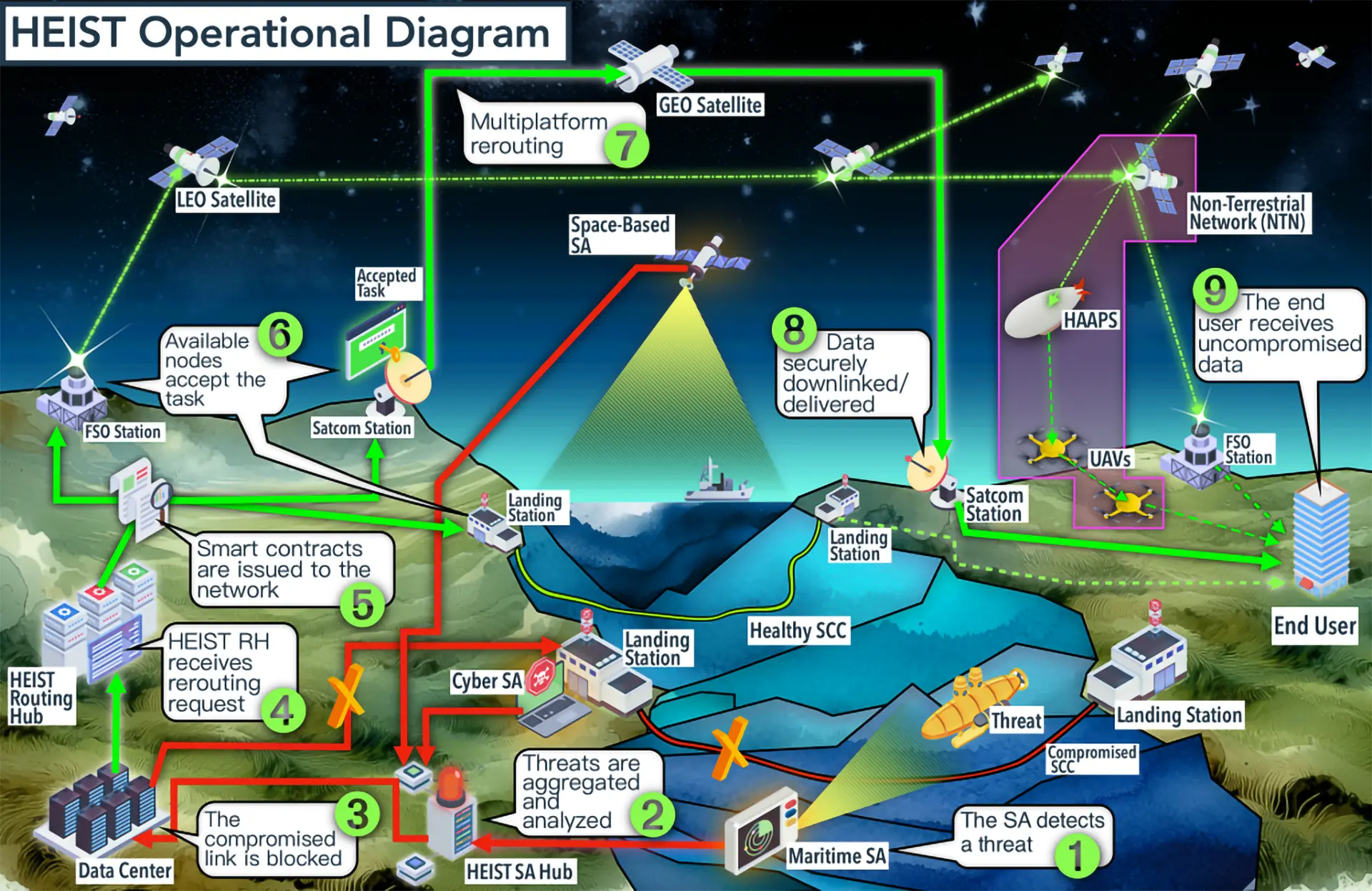 NATO’s Orbital Lifeline: A Backup Plan for the Internet
NATO’s Orbital Lifeline: A Backup Plan for the Internet Europe Seeks Space Independence with €10.6bn Iris² Satellite Network
Europe Seeks Space Independence with €10.6bn Iris² Satellite Network FCC Approves Starlink for Direct-to-Cell Service in Hurricane-Stricken North Carolina
FCC Approves Starlink for Direct-to-Cell Service in Hurricane-Stricken North Carolina Starlink Surpasses 4 Million Subscribers, Cementing Dominance in Satellite Internet
Starlink Surpasses 4 Million Subscribers, Cementing Dominance in Satellite Internet Hawaiian Airlines Introduces Free Starlink Satellite Internet on Entire Airbus Fleet
Hawaiian Airlines Introduces Free Starlink Satellite Internet on Entire Airbus Fleet Chinese Company Launches First Satellites for Massive Network to Rival Starlink
Chinese Company Launches First Satellites for Massive Network to Rival Starlink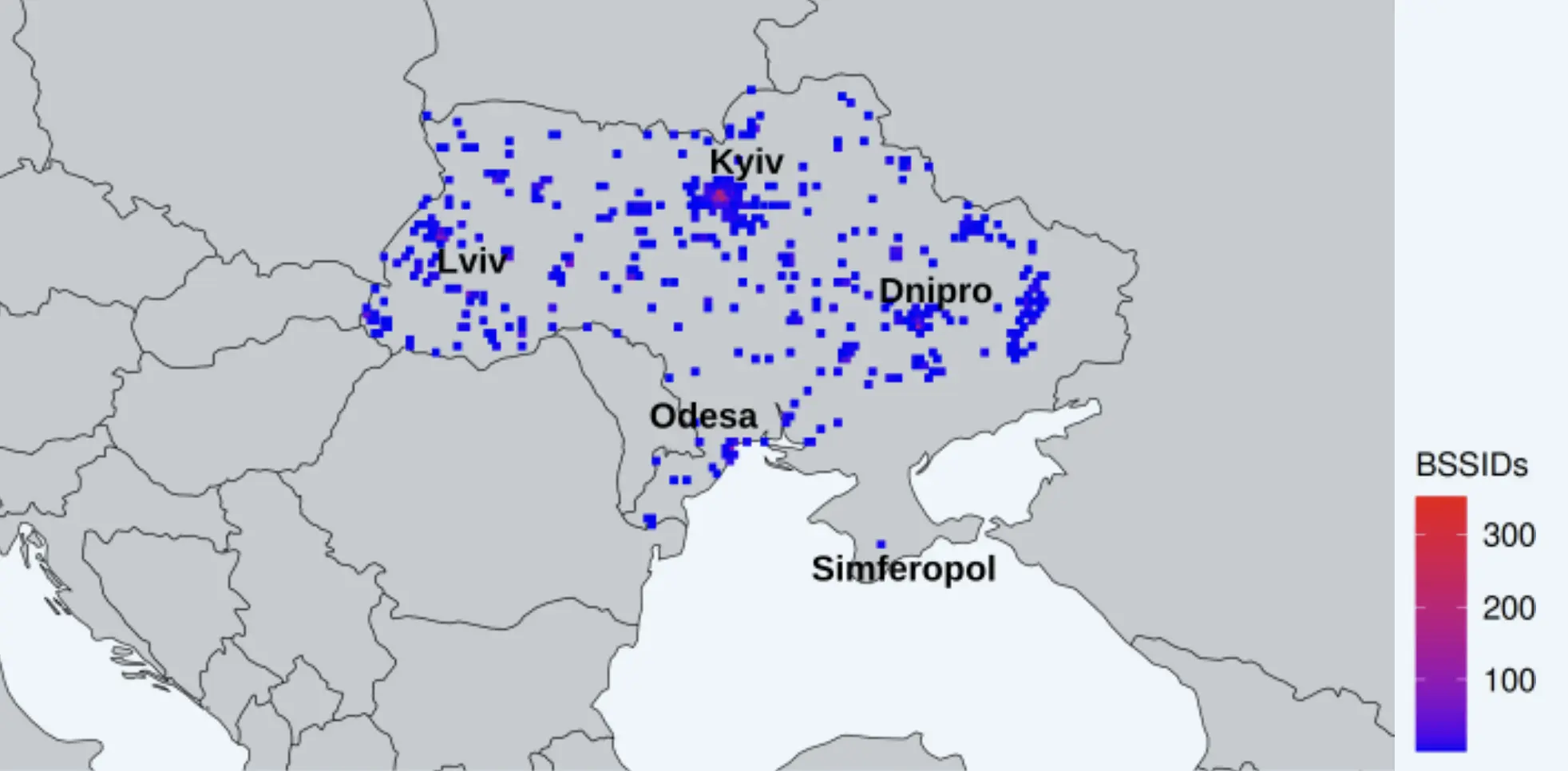 Researchers Expose Privacy Risks in Apple and Starlink’s Geo-Location Data, Uncovering Military and Civilian Tracking
Researchers Expose Privacy Risks in Apple and Starlink’s Geo-Location Data, Uncovering Military and Civilian Tracking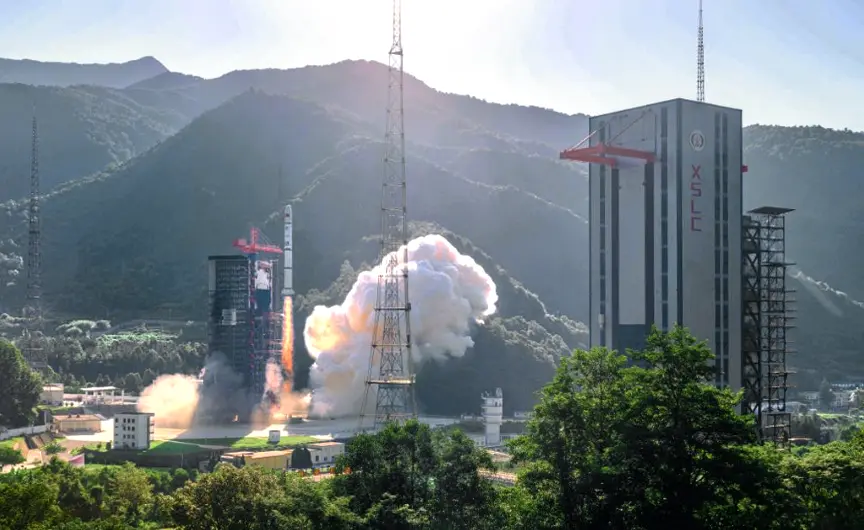 China’s Satellite Internet Ambitions: A Quest to Rival SpaceX
China’s Satellite Internet Ambitions: A Quest to Rival SpaceX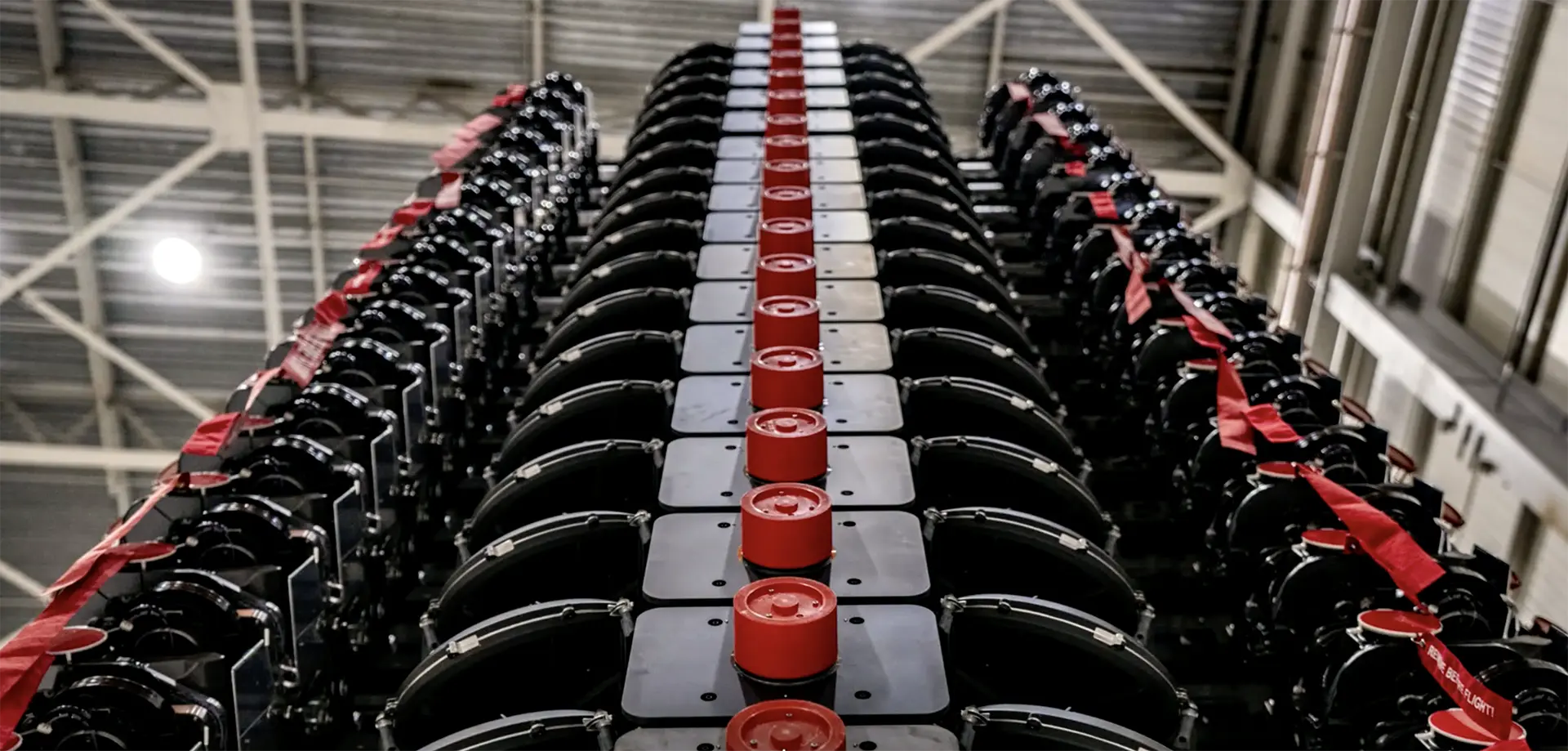 SpaceX Launches Starlink Satellites for Global Cellular Coverage
SpaceX Launches Starlink Satellites for Global Cellular Coverage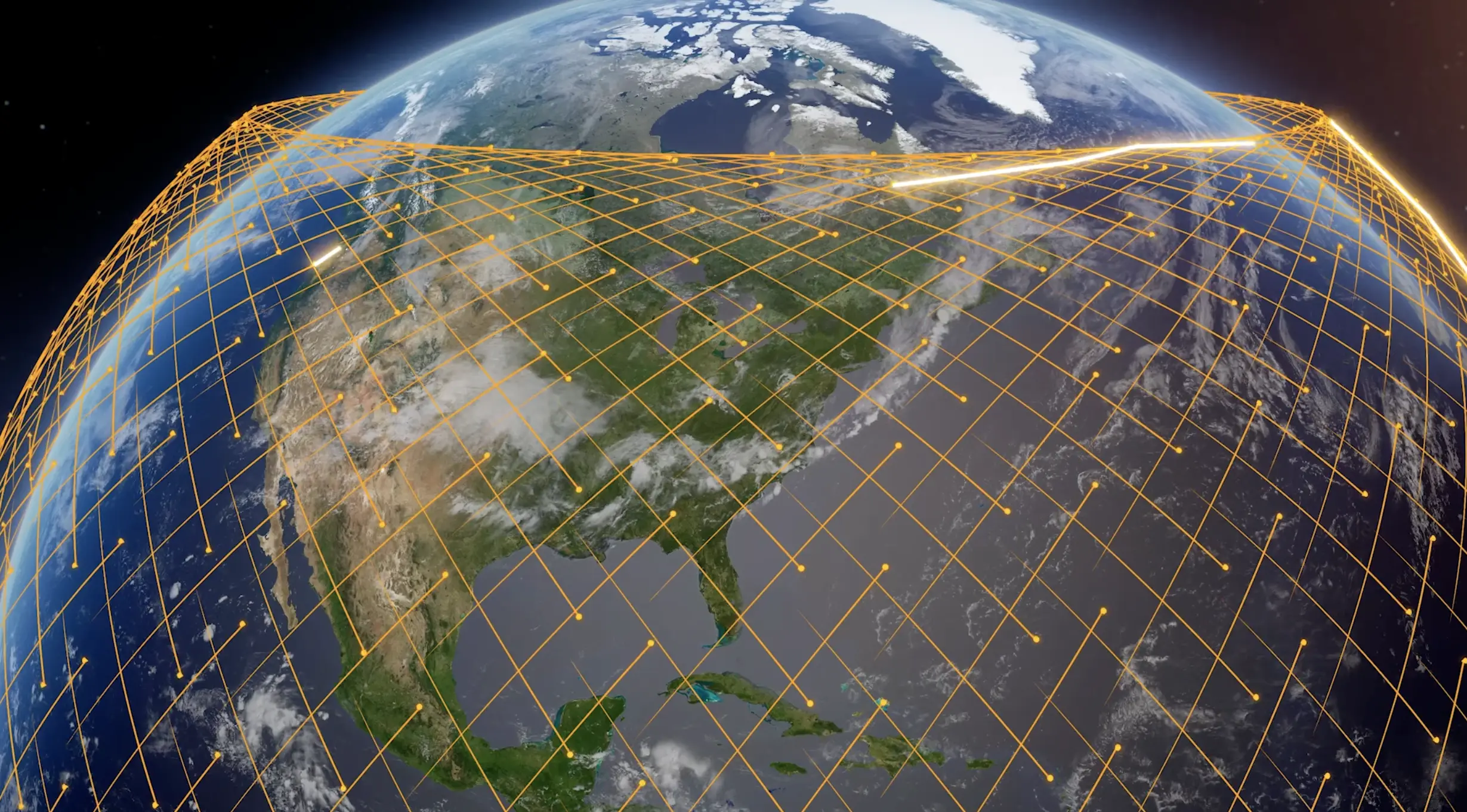 Amazon’s Project Kuiper Successfully Tests Laser-Based Satellite Communication
Amazon’s Project Kuiper Successfully Tests Laser-Based Satellite Communication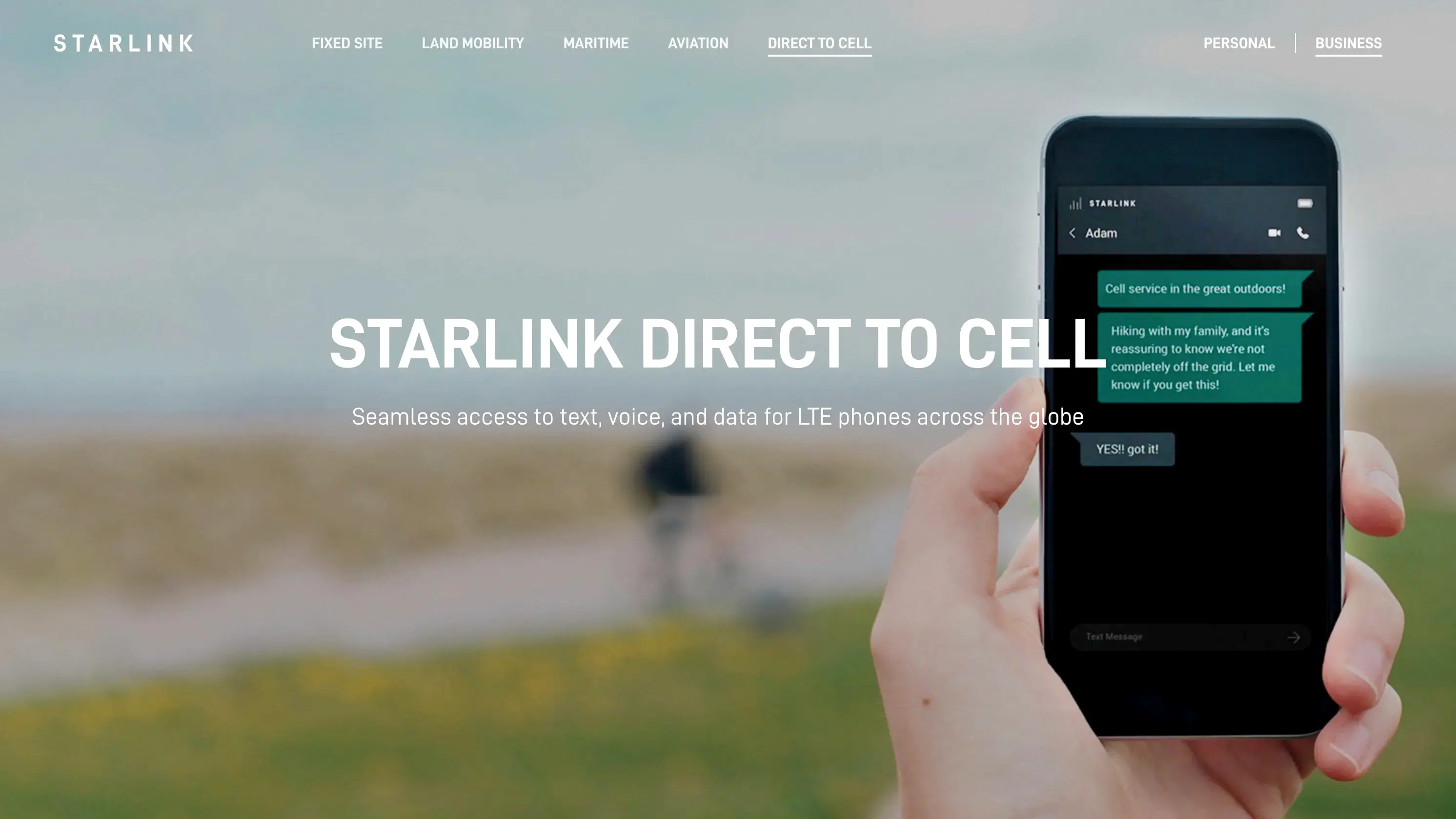 SpaceX Quietly Launches New Website for Cellular Starlink Service
SpaceX Quietly Launches New Website for Cellular Starlink Service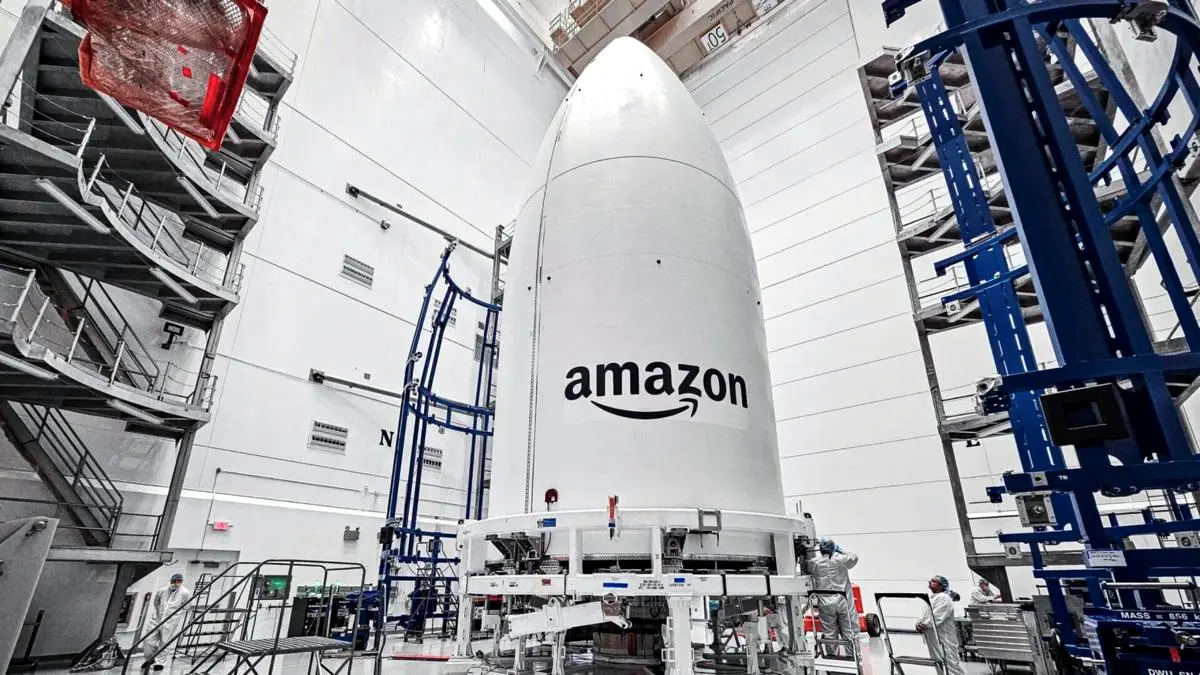 Amazon Launched Its First Two Internet Satellites Into Orbit
Amazon Launched Its First Two Internet Satellites Into Orbit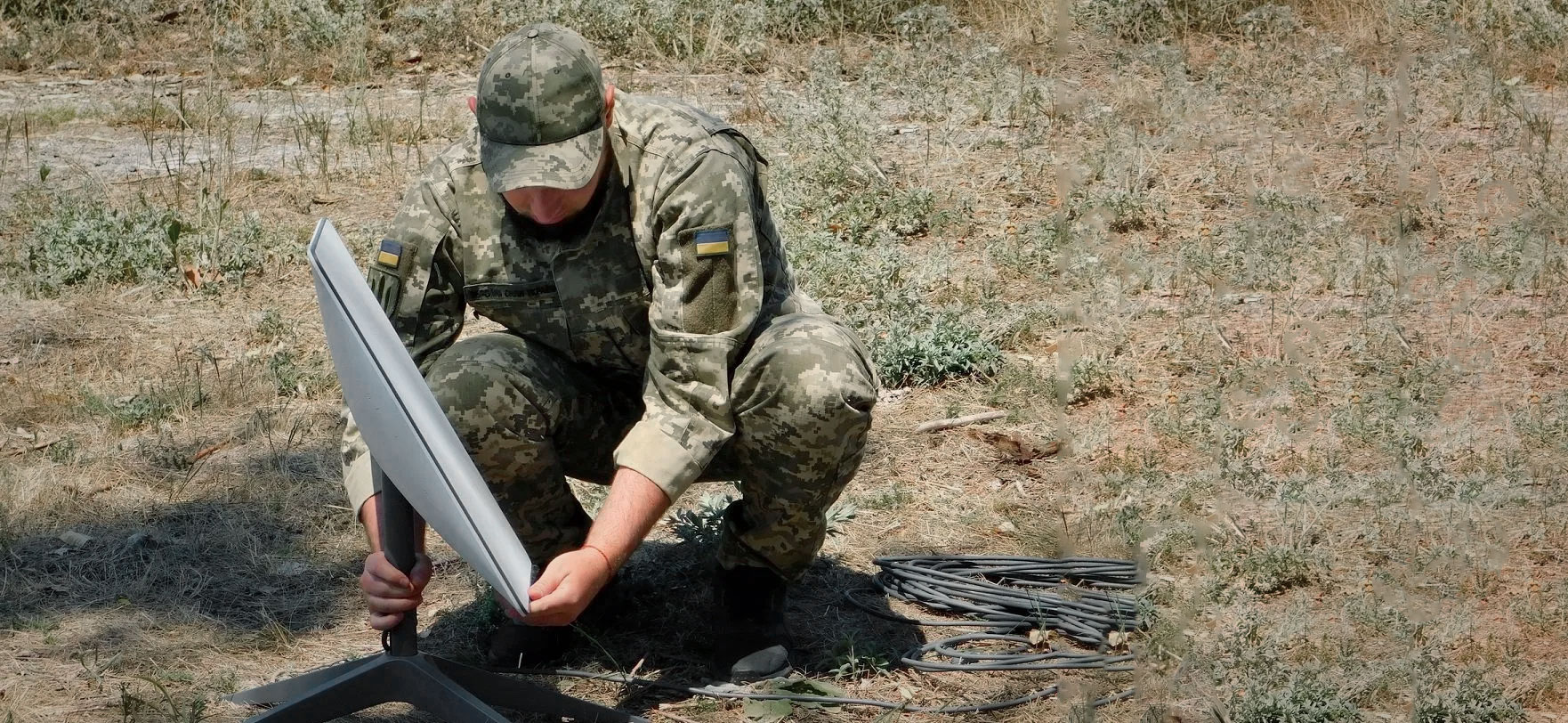 Ukraine’s Increasing Dependence on Starlink Sparks Concern Over Musk’s Unilateral Control
Ukraine’s Increasing Dependence on Starlink Sparks Concern Over Musk’s Unilateral Control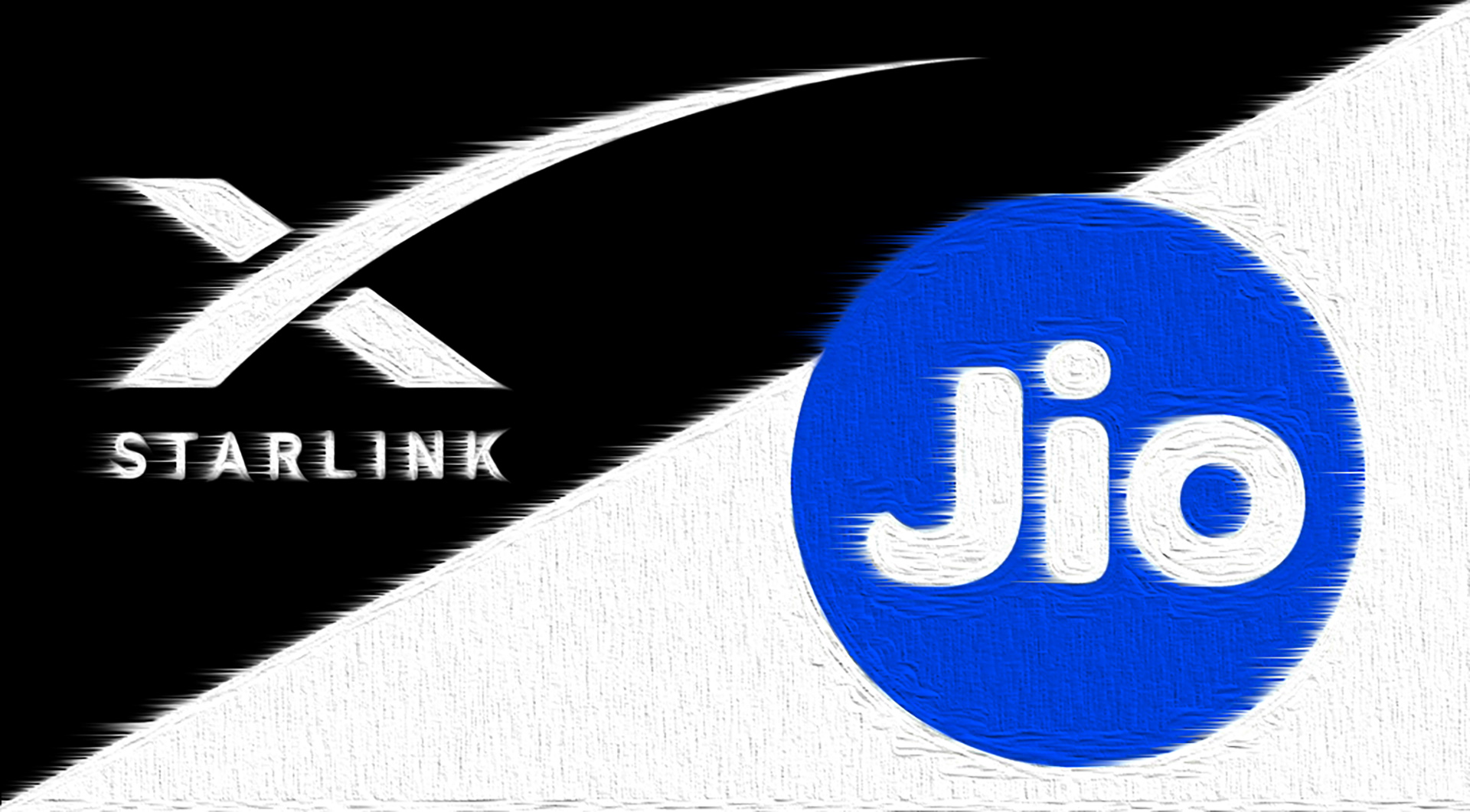 Satellite Spectrum Showdown: Musk’s Starlink vs. Ambani’s Reliance Jio in the Race for India’s Broadband Future
Satellite Spectrum Showdown: Musk’s Starlink vs. Ambani’s Reliance Jio in the Race for India’s Broadband Future Norwegian Cruise Line Joins the Fleet of Cruise Liners to Adopt Starlink Satellite Broadband Service
Norwegian Cruise Line Joins the Fleet of Cruise Liners to Adopt Starlink Satellite Broadband Service